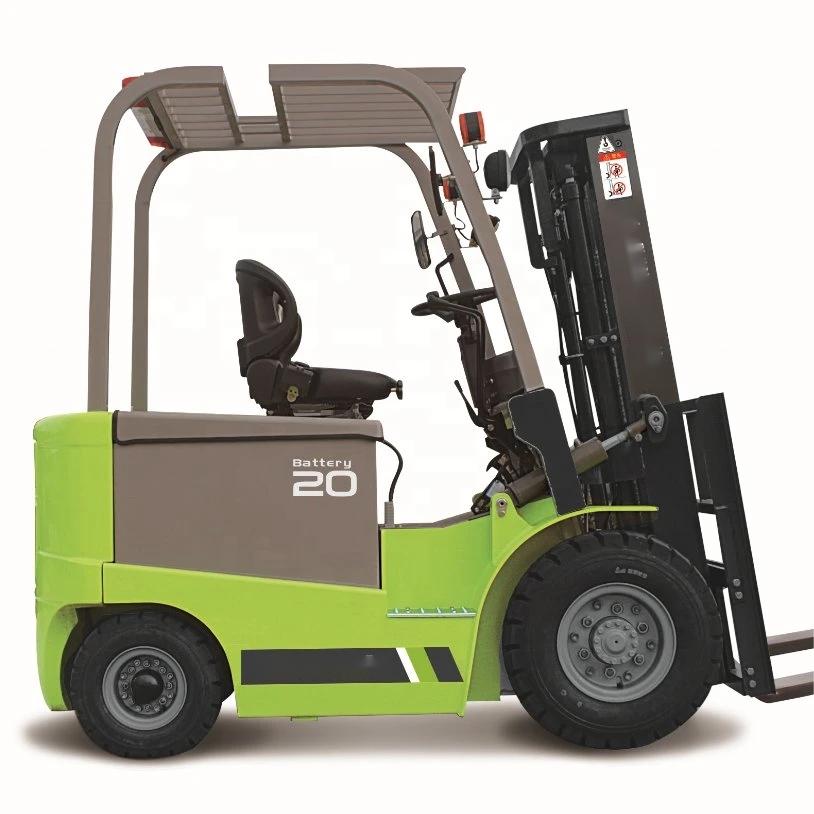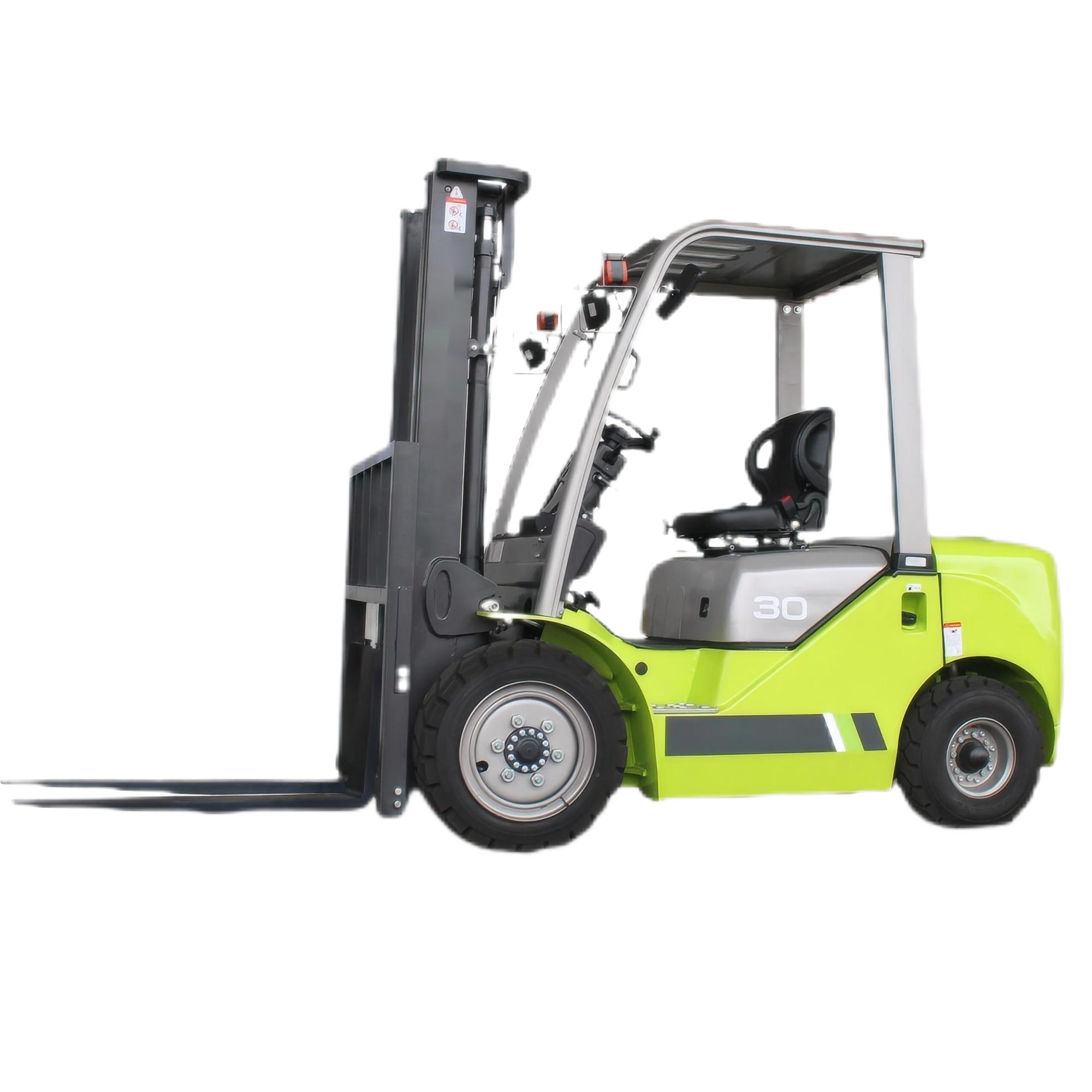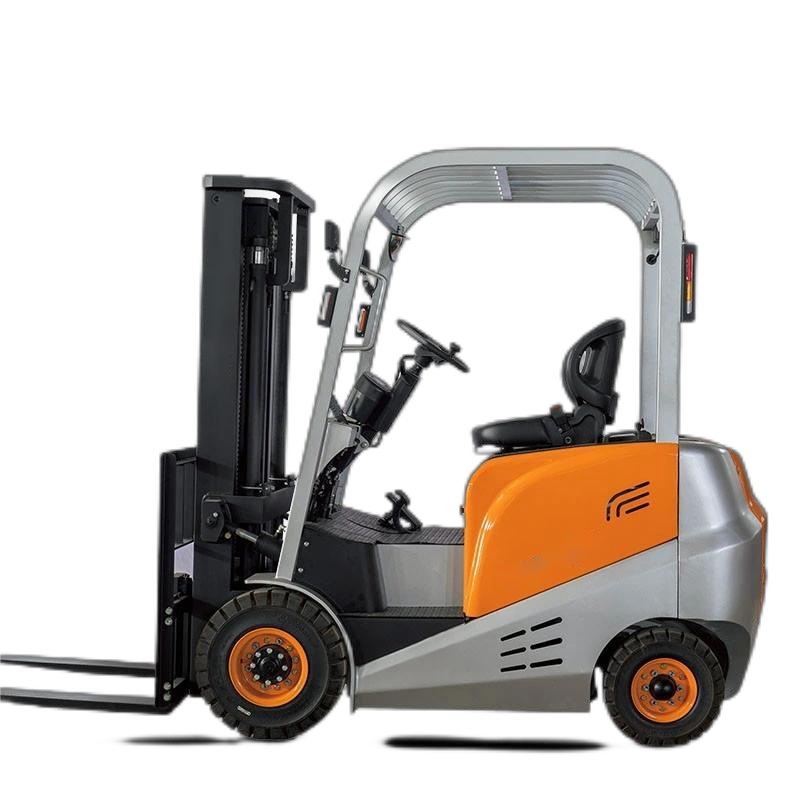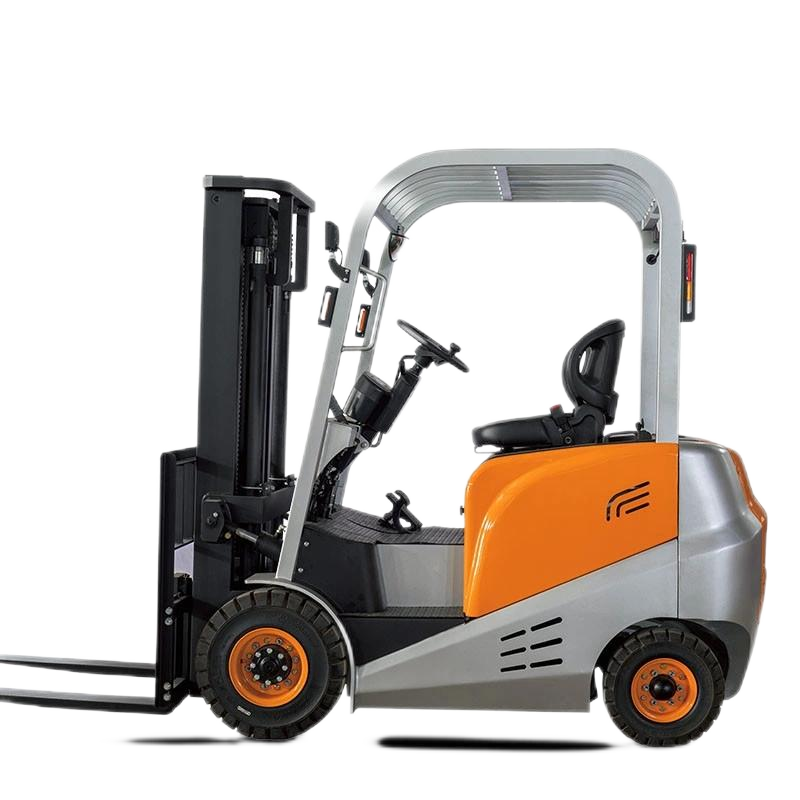In industries such as logistics and warehousing,

are being used more and more widely. They are not only environmentally friendly and energy-efficient but also significantly improve work efficiency. However, with the wide variety of electric forklift brands and models on the market, how should one choose? Let’s elaborate on this today.
If the working ground is flat, most electric forklifts can handle the task, such as common counterbalance electric forklifts. For uneven ground or slopes, such as some outdoor loading and unloading areas, it is necessary to select models with stronger power and good off-road performance, such as certain off-road electric forklifts. In narrow warehouse aisles or workshops, compact or narrow-aisle forklifts are the best choice. With small turning radii, they can maneuver flexibly. For example, some reach-type electric forklifts can operate efficiently in limited spaces.
It is essential to understand the maximum weight to be handled daily and choose a forklift with a rated load slightly higher than the actual requirement. For instance, if you frequently handle goods weighing around 2 tons, opt for an electric forklift with a rated load of 2.5 tons or 3 tons to ensure safety and stability during operation.
Understanding the center of gravity of the goods is also crucial. Only by ensuring the forklift operates within the load center range can situations like cargo tilting or falling be avoided.
Currently, lithium-ion batteries and lead-acid batteries are the main types. Lithium-ion batteries offer obvious advantages such as fast charging, long lifespan, and maintenance-free operation, though they are relatively expensive. Lead-acid batteries have longer charging times, require regular maintenance, but are more affordable.
Choose a forklift with a suitable battery capacity based on daily workload to ensure its battery life meets operational needs. If working 8 hours a day, selecting a forklift with a battery life of over 8 hours is advisable to avoid delays due to insufficient power.
Confirm whether the workplace has appropriate charging equipment and space, as well as the convenience of charging operations.
Ergonomic seats allow operators to stay comfortable and reduce fatigue during long hours of work. Low-noise designs also create a relatively quiet working environment. For example, some electric forklifts control noise below 50 decibels, providing a more pleasant experience.
Essential safety features include automatic shutdown when the operator leaves, anti-slip, anti-tip, and emergency power-off functions, which ensure the safety of operators and goods.
Understand whether the brand has a complete after-sales service network, timely supply of spare parts, and the response time for repairs.
Including forklift prices, battery, and charging equipment costs, choose suitable products based on your budget.
Long-term considerations include electricity costs, maintenance fees, and battery replacement costs. Selecting efficient and durable forklifts can reduce long-term usage costs.
In summary, choosing an electric forklift requires comprehensive consideration of multiple factors. Before purchasing, it is best to conduct a trial to experience the forklift’s actual performance and operational convenience firsthand. We hope everyone can select the right electric forklift for their needs, making work more efficient and easier!









